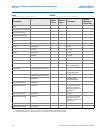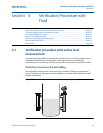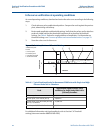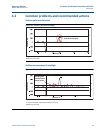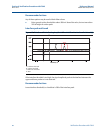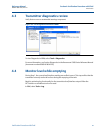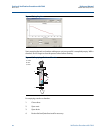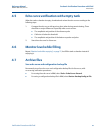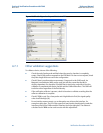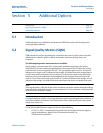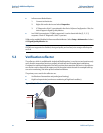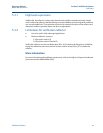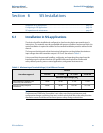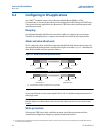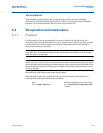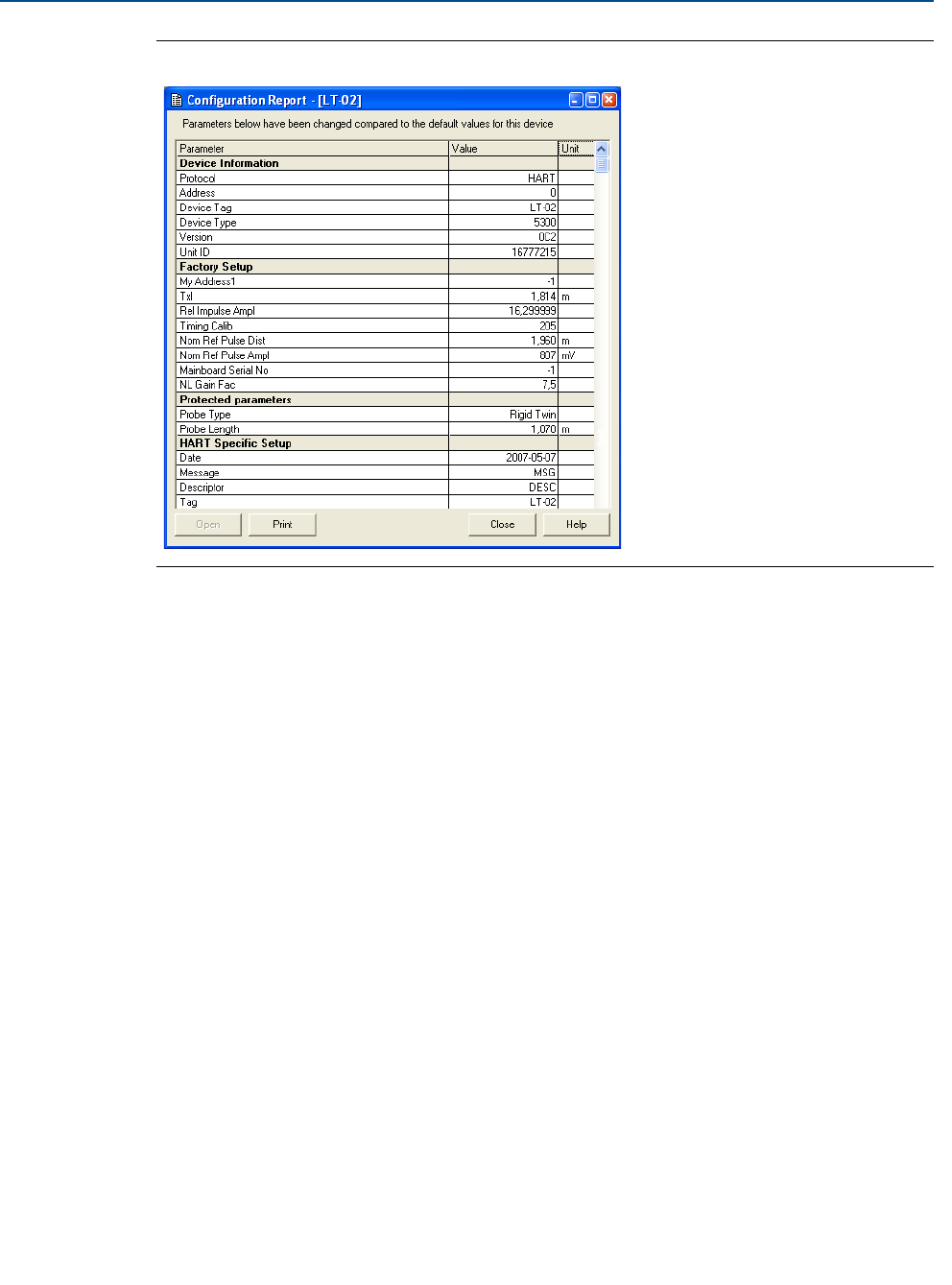
30
Reference Manual
00809-1600-4530, Rev AA
Section 4: Verification Procedure with Fluid
March 2015
Verification Procedure with Fluid
Figure 4-9. The Configuration Report Window in RRM
4.7.1 Other validation suggestions
To validate a device, do one of the following:
Check the end of probe peak and label when the vessel or chamber is completely
empty. Check if the peak corresponds to the EOP label. If it does not correspond, check
the probe length that was used in the configuration.
Check if there is an alternative measurement. Compare it to the GWR result. An
Magnetic Level Indicator (MLI) can be used, but with the caveat that the MLI is
density-dependent. For example, if the MLI float is sized to be used with oil, but the
validation is completed with water, the MLI and the GWR will be offset. The GWR will
track the surface regardless of the fluid density.
If the verification reflector is present, check its location to validate a reading after the
reflector calibration is complete.
Check if SQM is used. On a clean probe and a high dielectric fluid, the signal quality
value should be high (>8).
For an interface measurement, use an alternative way to know the interface, for
example a sight-glass. The DC of the upper fluid may need to be adjusted to make the
interface given by the GWR match the interface from the sight glass. The dielectric
calculator tool in RRM can be used to assist with this adjustment.



